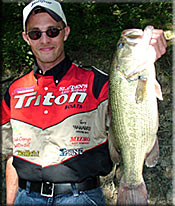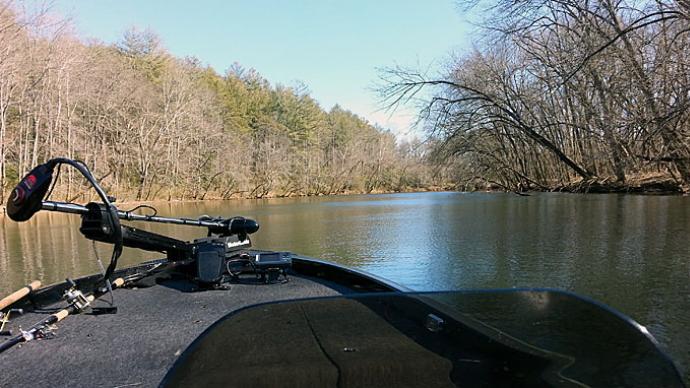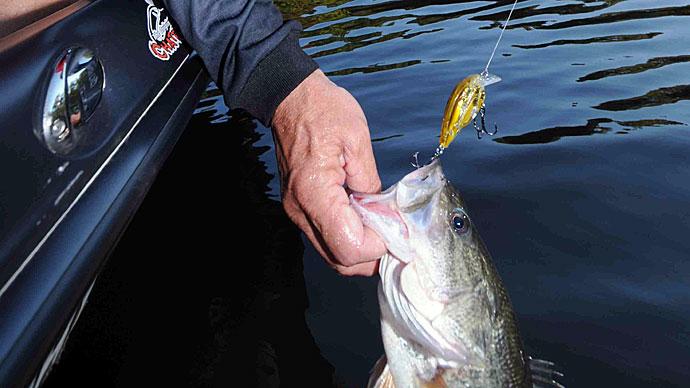
Whether on lakes or rivers, fishing current can be very intimidating. For anglers who are not used to fishing current, this can be a confusing and irritating time on the water. Once you better understand the various aspects of current fishing, the whole process becomes much less frightening.
Most often, bass will not roam around in current waters. They do not like it nearly as much as calmer water. However, they will roam around "near" current. Current acts like a giant conveyor belt, bringing food, oxygen, and even cooler water temperatures to the fish all day and night. Because of this, the bass will position themselves close enough to the current that only a quick swim is needed to fill their bellies. Most of the time, the fish will be facing the current direction. This simplifies the feeding process. The fish know that the vast majority of the food will be coming downstream, and as a result, they live by the adage of "work smarter, not harder."
One of the most significant factors to catching largemouth bass in current waters is "current breaks." Current breaks are any form of structure or cover that acts as a barrier to current. This can be things such as wing dams, trees, stumps, boulders, docks, holes, and just about anything else that you can find in the water. These things create an area for the bass to lounge in without fighting the pressure from the flowing water.
Most of the time, the area behind a current break is the primary target. This is not always the case. If a current break is large enough, the water hitting the front is ricocheted to create an area without current. Bass will inhabit these upriver spots if they are large enough. Target these slack water feeding zones, and you will have far better results.
Boat control in current waters can be a real pain. The current is constantly trying to force the boat downstream. The best way to combat this problem is to fish with the boat facing the current. This will require more juice from the trolling motor, but it will make for a less stressful time in the long run. Another tool for battling the current is called a drift sock. A drift sock is a device that acts like a parachute, except it is underwater. It helps slow the boat's speed as it is pushed down current. An adequately positioned drift sock can and will significantly increase the level of control an angler has over the boat.
In the heat of the summer, bass will most generally be in areas that contain current. If you learn to attack these areas properly, you will be much more successful in your quest for bigger bass. Fishing in the current can be as annoying as fishing in the wind. Once you master the art of boat control and lure positioning, you will see a drastic increase in your catch rates.
Until next time, Fish Hard and Fish Often.




